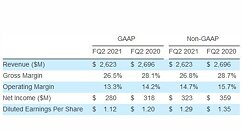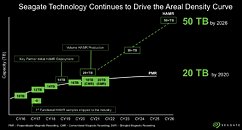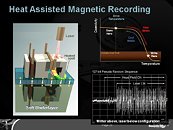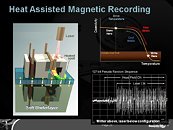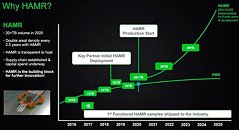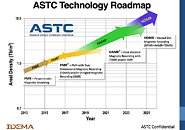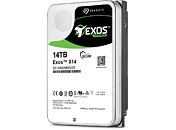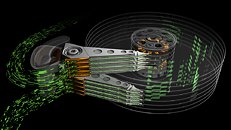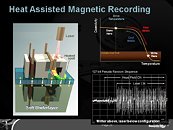
Seagate Technology Reports Fiscal Third Quarter 2025 Financial Results
Seagate Technology Holdings plc (the "Company" or "Seagate"), a leading innovator of mass-capacity data storage, today reported financial results for its fiscal third quarter ended March 28, 2025.
"Seagate delivered another solid quarter of profitable year-on-year growth and margin expansion, elevating our non-GAAP EPS to the top of our guidance range. Our performance underscores the structural enhancements we've made to our business model and healthy supply/demand environment for mass capacity storage," said Dave Mosley, Seagate's chief executive officer. "We remain focused on executing our HAMR product ramp to support ongoing cloud customer demand. While we navigate the current dynamic macroeconomic environment, we are confident that our technology leadership, resilient financial model and solid industry fundamentals will drive profitable growth through 2025 and beyond," Mosley concluded.
"Seagate delivered another solid quarter of profitable year-on-year growth and margin expansion, elevating our non-GAAP EPS to the top of our guidance range. Our performance underscores the structural enhancements we've made to our business model and healthy supply/demand environment for mass capacity storage," said Dave Mosley, Seagate's chief executive officer. "We remain focused on executing our HAMR product ramp to support ongoing cloud customer demand. While we navigate the current dynamic macroeconomic environment, we are confident that our technology leadership, resilient financial model and solid industry fundamentals will drive profitable growth through 2025 and beyond," Mosley concluded.








































